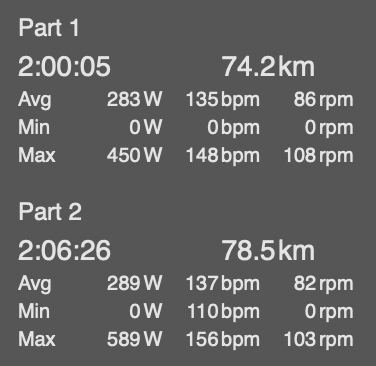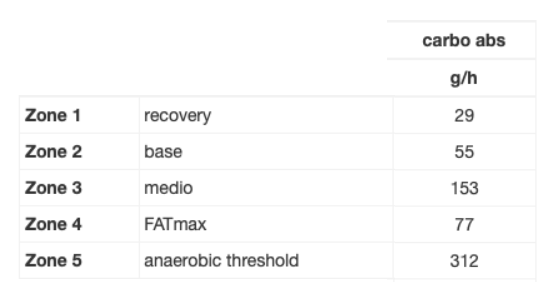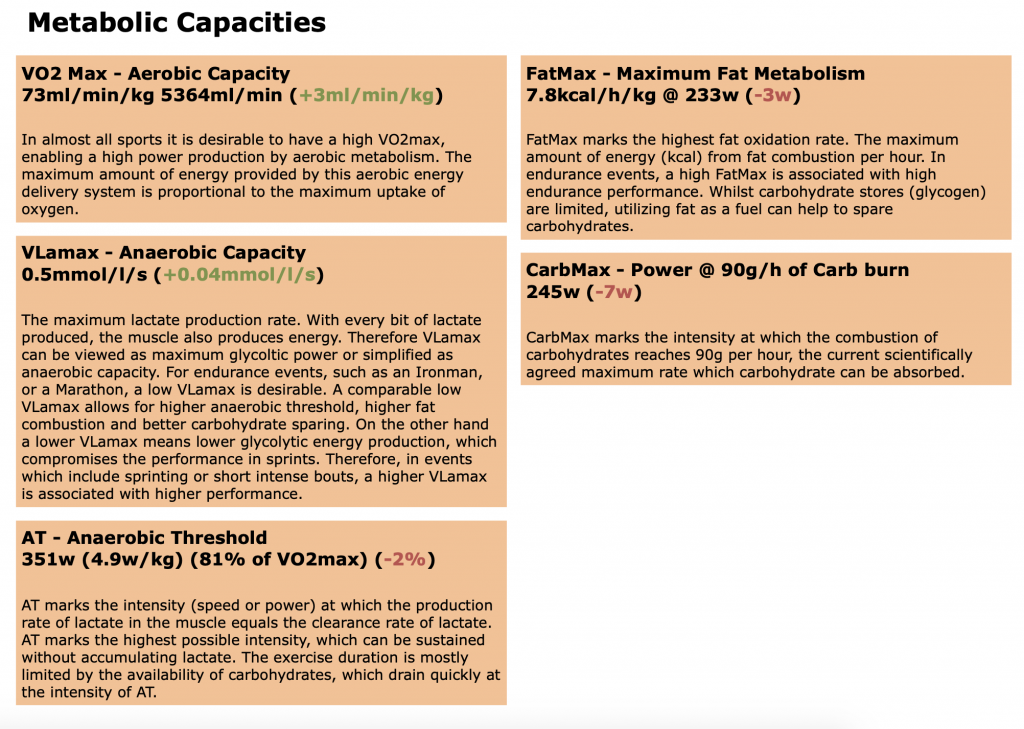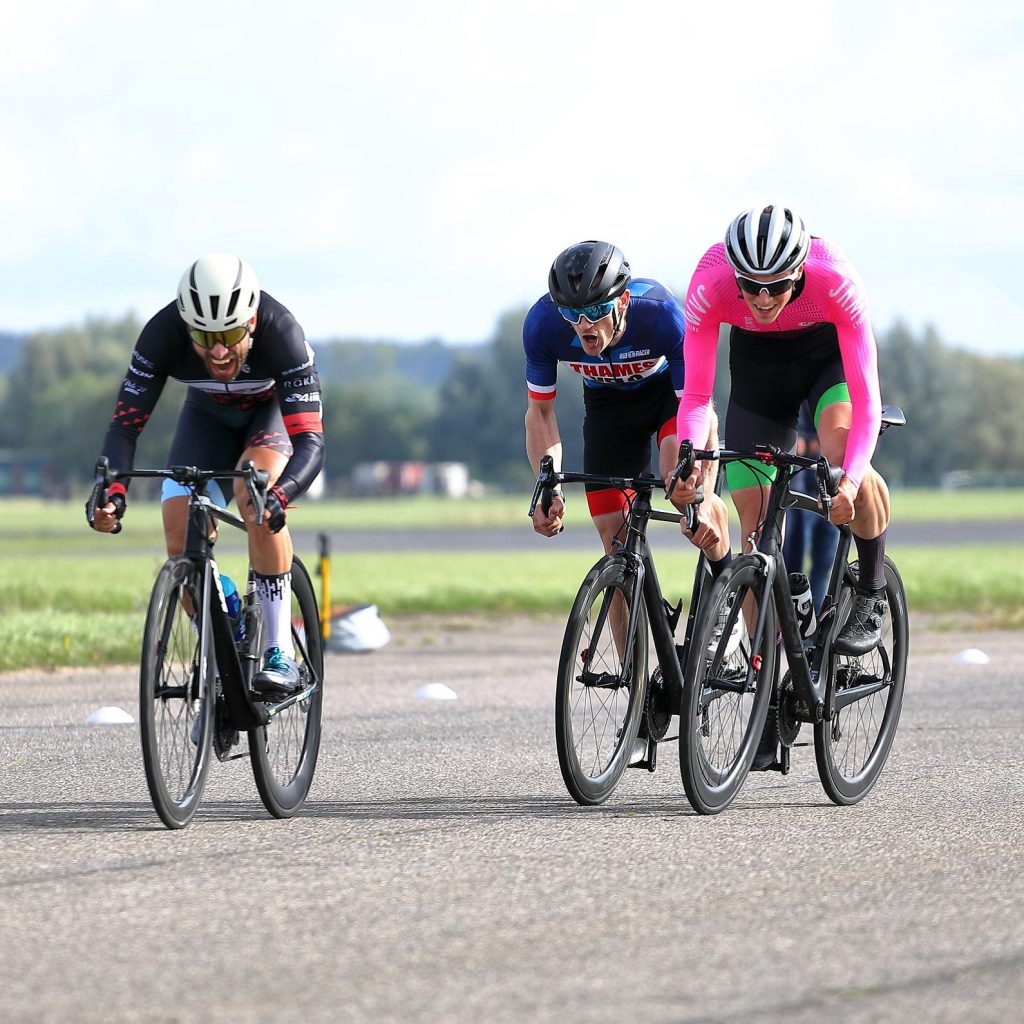In part 1 we looked at the massive physiological change Guy had seen over the first 6 months of the year through consistent solid training, nothing fancy. The second half of the year has been a more focussed approach.
There was one major area for improvement. Fatigue resistance. Up to this point Guy had upped his weekly volume from 3,500kjs to 6,500kjs but had only completed 3 rides over 3000kjs and 0 over 4000kjs.

Bike races are most often won in the final hour not the first. It’s not enough to have a high VO2 max and threshold if your muscles are not conditioned enough to be hitting near those numbers in hours 3 and 4. As there was no racing we made the most of the weekends (and flexible midweek working from home hours) to get plenty of long rides in.
A good indicator of fatigue resistance is HR drift. How much is your HR increasing over the length of a steady endurance ride. While hydration is a big factor, HR drifts up as the muscle fibres fatigue and have to recruit more into producing the effort. Secondly as your burn through your glycogen fat becomes more important as a fuel, fat requires more O2 for the energy pathway and thus HR has to respond to the extra demand.
Between May and November Guy completed 28 rides over 3000kjs, 21 of them over 4000kjs. We saw his HR drift reduce from about 12% in March over 4 hours @ ~190w to less than 3% @ 210w for 5 hours and less than 5% for 280w for 4hours!

Thats 3.8w/kg for 4 hours (with less than 2% drift) smashing the original goal set in January.
Nutrition
In May we took our approach to nutrition up a level. INSCYD models the carbohydrate burn for a given intensity. Using this data we can create nutrition plans to ensure Guy was always optimally fuelled for the session AND the upcoming sessions.

Training load became not just energy expended but an accurate balance of energy in AND energy out. This was not about weight loss, it was about maximising performance (which includes optimising weight).

Theres a lot of recent research going on around manipulating carbohydrate intake to stimulate training adaption. In short, reducing carb intake for lower intensity session to maximise fat oxidation. Increasing carb intake for higher intensity sessions to ensure plenty of available glycogen for glycolysis.
By using the modelled available glycogen at the start and end of training we could ensure there was always enough fuel to hit the required intensity every day. Now it’s not quite that simple, fatigue is more than just fuel availability but it’s a big piece of the puzzle.
We also ensured there was plenty of protein intake for muscle growth/repair especially on low carb days. Fat intake was the remainder.
Where are we now?
We retested at the beginning of November ready to set the stage for 2021.

Peak power 2019 vs 2020
1min – 543 v 614 (+71w)
3min – 476 v 493 (+17w)
5min – 395 v 430 (+35w)
12min – 347 v 398 (+51w)
60min – 320 v 330 (+10w)
120min – 260 v 300 (+40w)
Now Guy needs to race as much as possible to gain experience. I can’t wait to see how he does next year! If anyone reading this is looking for riders, look at Guy. I want him on my team.

Guy has turned himself from a decent rider into a potential elite road racer. How? HARD WORK. It cannot be overstated, the reason Guy has improved so dramatically is his work ethic. That doesn’t mean riding hard every day. It means always asking how can I be better, then doing it and that’s hard!

